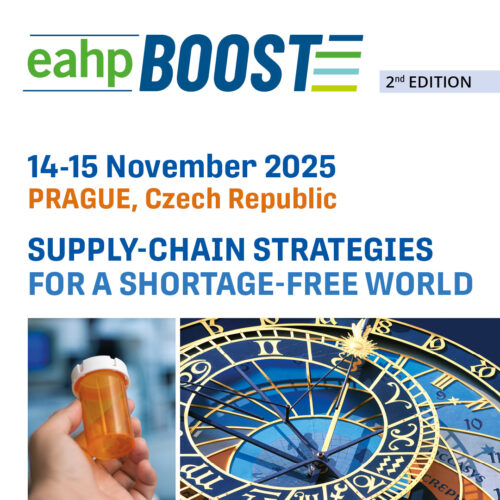Optimising medication procurement through integrated database
Pdf

European Statement
Selection, Procurement and Distribution
Author(s)
Irene Ruiz-Jarabo Gómez, Marcos Gómez Bermejo, Rocío Vázquez Sánchez, Antonio Illescas Bermudez, Elena Martín Suarez, Teresa Molina García
Why was it done?
Digitization was considered essential in reducing costs related to inventory management and improving responsiveness in critical situations, such as supply shortages. Traditional manual inventory checks and order verifications were time-consuming and error-prone, prompting the need for a digital transformation.
What was done?
In our quest for enhanced medication procurement efficiency within our Hospital Pharmacy Service, we have developed an integrated database.
How was it done?
We have developed a database by consolidating data from two primary sources: our automated medication storage system, Smart Ulises®, and the Economic Management software, Farmatools®. This database encompassed information related to medications falling below predefined minimum stock levels, historical acquisition records, pending medication orders, and warehouse capacities for each medication. Additionally, it seamlessly integrated data obtained from the Spanish Agency of Medicines and Medical Devices (AEMPS) regarding medication shortages.
This database enabled several essential functionalities:
It generates reports suggesting orders for medications below the minimum stock levels, recommending quantities based on historical acquisitions and available storage space.
By considering the suppliers for medications at minimum stock levels, it also identifies medications in alert status (1/3 above the minimum stock) for these suppliers.
Cross-referencing with AEMPS’ medication supply problem database swiftly detects critical medications during shortages
It permits agile identification of pending medication orders.
It identifies locations with incomplete medication inventories and propose medication grouping within our automated medication storage system.
What has been achieved?
The outcomes of our project were transformative:
We streamlined medication procurement significantly and maximized each medication supply request while promoting sustainability by reducing laboratory-specific medication orders.
We optimized storage space within our automated medication storage system, aligning medication orders precisely with storage capacities for each medication, leading to more efficient space utilization and reduced storage costs.
Early detection of medication shortages enabled proactive preparation of alternative solutions to effectively mitigate shortages.
Simplification of tracking pending medication orders enhanced operational efficiency in claim processing or supplier changes.
What next?
Our next phase focuses on continuous system improvement. This involves incorporating additional data sources to refine medication supply predictions and exploring the potential for complete automation of the medication ordering process. We will also enhance performance measurement to evaluate the effectiveness of our improvements.
























